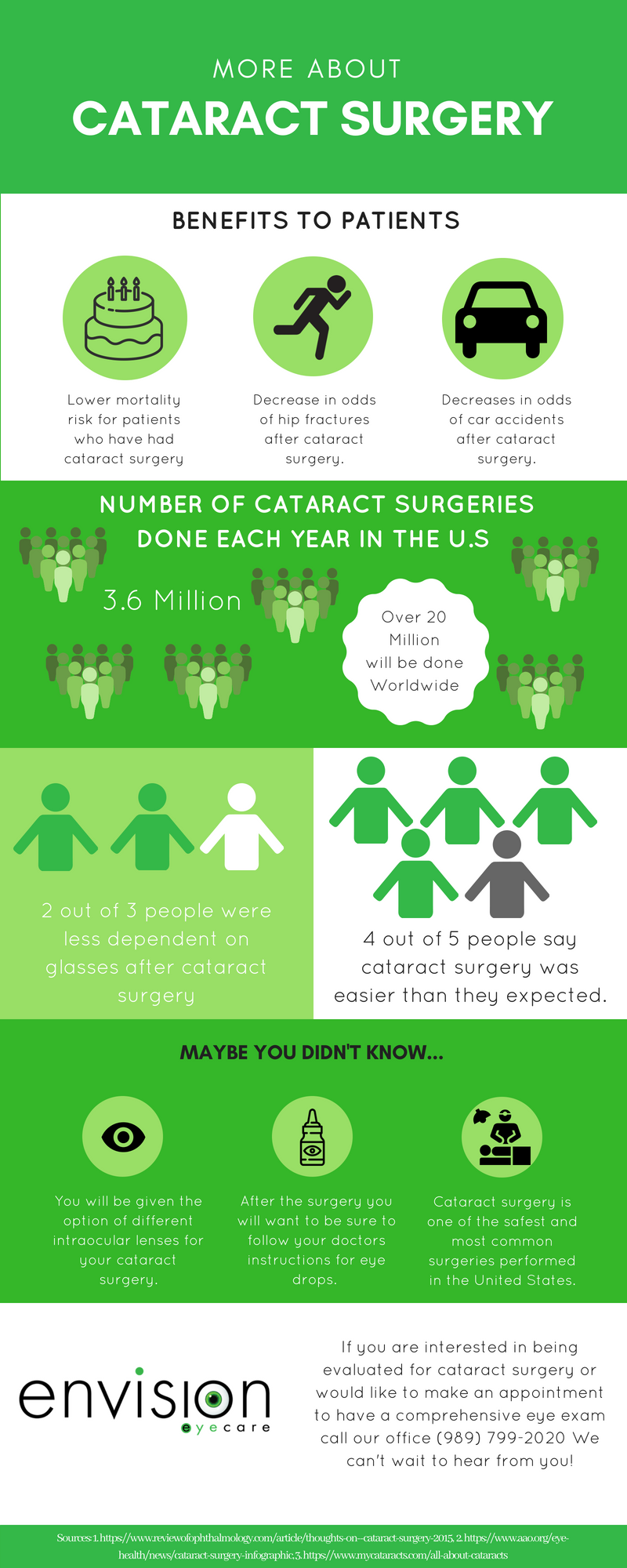The Growth Of Modern Cataract Surgical Procedure Techniques: An Extensive Assessment
The Growth Of Modern Cataract Surgical Procedure Techniques: An Extensive Assessment
Blog Article
Web Content Create By-Hogan Whitfield
As you explore the development of sophisticated cataract surgical procedure strategies, you'll witness a trip noted by resourcefulness and precision. From ancient methodologies that led the way for contemporary developments to sophisticated technologies that are transforming the area, the comprehensive summary of cataract surgery methods is a testament to human progression and dedication to improving person outcomes. The detailed interplay in between historic strategies and advanced improvements develops an intriguing narrative that clarifies the development of one of one of the most typical surgeries worldwide.
Historical Techniques and Innovations
Discover just how early doctors reinvented cataract treatment by using innovative techniques and tools. In the past, cataract surgery was a high-risk and painful treatment. Nevertheless, ancient Indian physicians were among the very first to attempt medical interventions for cataracts, using a technique called 'couching' where a sharp tool was made use of to push the cataract back right into the eye. This approach, though crude by today's requirements, prepared for future innovations in cataract surgery.
As time advanced, Arab medical professionals made significant contributions by establishing specialized needles for cataract removal. These needles were used to penetrate the cataract and then remove it from the eye, noting a significant improvement in medical precision.
Later, in the 18th century, the French specialist Jacques Daviel spearheaded the technique of extracapsular cataract extraction, where the entire lens was eliminated intact through a larger cut. This noted a major improvement in cataract surgical treatment methods, paving the way for the contemporary procedures we utilize today.
Modern Surgical Approaches
Early strategies in cataract surgery have actually progressed significantly, leading to the development of modern medical strategies that focus on precision and enhanced person outcomes. Modern cataract surgery currently often entails a treatment called phacoemulsification, where an ultrasonic tool separate the cataract for removal via a little cut. have a peek here permits quicker recovery and reduces the risk of difficulties compared to older techniques.
In addition, making use of innovative intraocular lenses (IOLs) has transformed cataract surgery results. These lenses can deal with not only the cataract however likewise other refractive errors like astigmatism, decreasing the requirement for glasses post-surgery.
Surgeons today also have access to advanced imaging innovations that help in precise preoperative planning and intraoperative decision-making. Optical comprehensibility tomography (OCT) and various other imaging methods supply in-depth images of the eye's structures, permitting a much more individualized strategy per client's surgical treatment. With these innovations, modern-day cataract surgical treatment strategies remain to enhance, providing individuals more secure procedures and better aesthetic outcomes.
Emerging Technologies in Cataract Surgical Procedure
With improvements in modern technology transforming the area, cataract surgery is observing the combination of cutting-edge strategies for improved individual end results. does medicare part b pay for cataract surgery in cataract surgery are reshaping the landscape of sensory treatments. One such improvement is femtosecond laser technology, which enables exact corneal cuts, capsulotomies, and lens fragmentation, causing boosted surgical accuracy and outcomes.
Furthermore, intraoperative aberrometry is acquiring popularity, allowing real-time measurements of refractive errors throughout surgery to improve intraocular lens power estimations and reduce postoperative refractive shocks.
Moreover, the use of sophisticated imaging technologies like optical coherence tomography (OCT) and intraoperative wavefront aberrometry help doctors in precise surgical planning and execution. These devices give thorough physiological details and assistance customize surgical methods for each and every client's unique eye features.
Furthermore, advancements in expert system are being discovered to help in preoperative preparation, intraoperative decision-making, and postoperative care, possibly enhancing surgical results and patient fulfillment. Welcoming these emerging modern technologies in cataract surgical procedure holds assurance for additional boosting patient outcomes and guaranteeing the proceeded development of ophthalmic surgical methods.
Conclusion
As you journey with the background of cataract surgery, you witness the change from old techniques to sophisticated modern technologies. Like a phoenix az increasing from the ashes, cataract surgical procedure has actually progressed right into a sign of hope and innovation.
Equally as a caterpillar emerges from its cocoon as a beautiful butterfly, cataract surgical procedure has progressed right into a refined art type, offering clients clearer vision and a brighter future.
The advancement continues, beaming a light on limitless opportunities.
